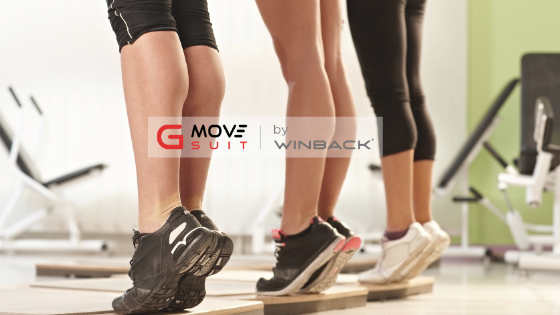The heart is known to be the pump that drives the blood through the arteries of the entire human body. However, what are the factors that allow the venous return to function properly?
Venous return function
The muscular contraction effects of the calves are very effective in maintaining the well-functioning of the venous circulation. They are the main element in the efficiency of blood return to the heart. These contractions are compared to the heart due to similar performance. The contraction will send the blood into the vascular network, and the decontraction will fill the flushing chamber.
Walking allows the muscles of each calf to contract and relax in order to send the blood to the right atrium. This will prevent to the creation of blood reserves in the calves. The muscle contraction causes a pressure in the veins of between 200 and 300mmHg, which creates a deformation of the vein and will consequently eject the blood from the reservoirs and direct it towards the heart.
Malfunctions and their consequences
Venous insufficiency corresponds to an inefficiency of venous return. The main constraints to the proper functioning of venous return are gravity and body position. For example, standing upright and immobile adds difficulties to its functioning. The effect of gravity creates blood reserves because the calves are totally relaxed and do not eject blood from the reserves.
Elements to be taken into consideration with regard to a potential malfunction are :
The joints:
a limitation in the range of motion of the joints, mobilized by the calf or at a distance, will alter the effectiveness of the contractions of the calf muscles. Joint compensation related to arthritis, osteoarthritis or cast immobilisation are concrete examples which can also limit the amplitude of contraction of the calf muscles.
Muscles:
Muscle dysfunction can be direct (calf muscles) or indirect (through muscle chains affected by tears, immobilisation amyotrophy or by ageing).
Aponeurotic:
the decrease in rigidity will limit the power of pressure which is usually applied to the muscular veins during contractions. This induces a weakened blood ejection.
Veins:
disturbances in venous circulation can disturb the ejection of blood to the heart. This may be due to permeability or parietal abnormalities. The venous return then encounters total or partial obstructions to reach the heart.
Functional:
Some circumstances interfere with the mobilization of the calves (e.g. prolonged standing, insufficient mobility or pain).
The interest of GMOVE-SUIT
The equipment acts by applying pressure to the lower limbs through the inflation of the sleeve chambers. This pressure can be constant or alternated to simulate contraction and relaxation, reproducing as calves do on the muscular veins.
Following these dysfunctions, certain symptoms can be alleviated with the GMOVE-SUIT active compression system. One of the equipment principles is to apply this pressure while keeping the possibility of being mobile.
Thanks to its wide range of available pressures (between 30 and 120 mmHg), there are several applications :
The GMOVE-SUIT can apply constant compression either light or strong depending on the application. A higher pressure makes it possible to work on muscular rehabilitation and performance improvement. A light constant compression is applied in the case of walking aids for patients with psychomotor disorders.
Alternating pressure will be used in a different way, accompanying the contraction of the calves to stimulate venous return. The use can be aimed at alleviating the pain of oedema and for muscle recovery. For these effects, the pressure will be calibrated around 80 mmHg.
The GMOVE-SUIT is intended to be applied in a mobile way in order to stimulate the natural effects of the calf muscles and can also be applied in an immobile way, in the case of passive recovery.
CONCLUSION :
The calf muscles are comparable to the role of the heart, through their blood pumping and distribution system. The contraction allows the veins to eject the blood towards the heart. Walking is one of the best ways to stimulate venous return thanks to the contraction of the calves.

